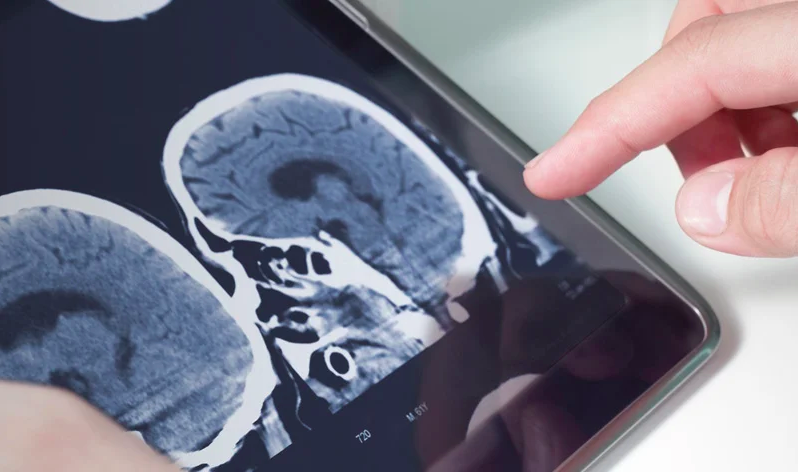Radiology – Integrated Training Initiative (R-ITI) | Paediatrics | The Dense Hemithorax



The Dense Hemithorax
Session Overview
Description
This session looks at the evaluation of the opaque hemithorax in children.
Learning Objectives
By the end of this session you will be able to:
- Elicit the radiological signs of increased density of a hemithorax
- Synthesise a logical differential diagnosis
- Suggest further imaging to refine the diagnosis
Prerequisites
Before attempting this session, you should have knowledge of the:
- Anatomy of the thorax
- Appearances of the normal chest radiograph (CXR) in infants and children
In this session we will look at the imaging appearances of the opaque hemithorax. Plain radiographic findings will be emphasised (Fig 1 is a good example), and the use of supplementary imaging with ultrasound, computed tomography (CT) and magnetic resonance (MR) imaging will be discussed when appropriate.
We will look at the following topics:
- Key anatomy
- Radiographic features and signs
- Differential diagnosis
- Further imaging
- Acute Medicine | Infectious diseases | Differentia...
- Posted By eIntegrity Healthcare e-Learning
- Posted Date: 2024-11-20
- Location:Online
- This session considers the causes of fever and discusses differentials of fever in adults. It also considers causes of pyrexia of unknown origin.
- Acute Medicine | Infectious diseases | TSS Usual o...
- Posted By eIntegrity Healthcare e-Learning
- Posted Date: 2024-11-20
- Location:Online
- This session discusses toxic shock syndrome its diagnosis and treatment.
- Acute Medicine | Infectious diseases | Severe mala...
- Posted By eIntegrity Healthcare e-Learning
- Posted Date: 2024-11-20
- Location:Online
- This session summarises the diagnostic criteria for severe malaria.
- Acute Medicine | Infectious diseases | Investigati...
- Posted By eIntegrity Healthcare e-Learning
- Posted Date: 2024-11-20
- Location:Online
- This session covers the investigation and management of a patient presenting with dysuria.
- Acute Medicine | Infectious diseases | All about H...
- Posted By eIntegrity Healthcare e-Learning
- Posted Date: 2024-11-20
- Location:Online
- This session describes the pathogenesis, diagnosis and treatment of herpes simplex encephalitis.

